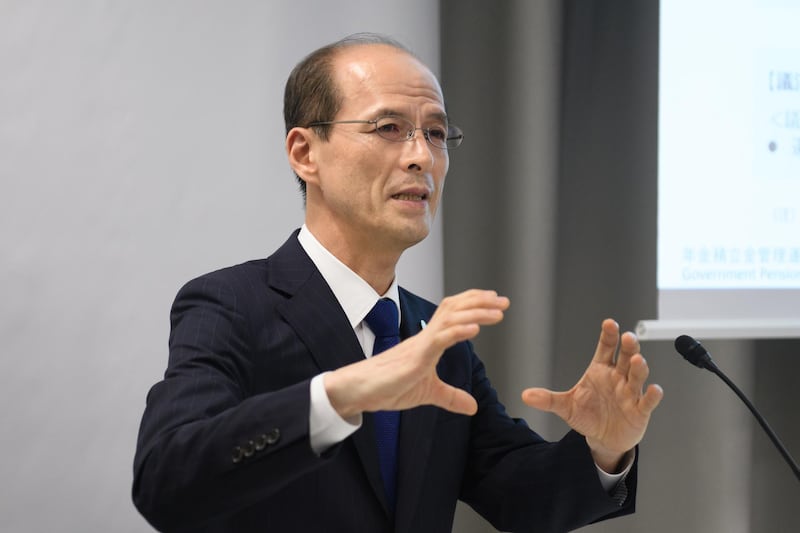The world’s biggest pension fund posted its best annual gain in three years despite a loss during the final quarter of its business calendar.
Japan’s Government Pension Investment Fund returned 6.9 per cent, or 10.1 trillion yen ($91 billion), in the year ended March 31, with assets totaling 156.4 trillion yen, it said in Tokyo. Domestic stocks were the fund’s best performing investment, adding 5.5 trillion yen, followed by a 3.5 trillion yen increase in overseas shares. Domestic bonds gained 362bn yen, while overseas debt rose 674bn yen.
Six quarters of gains boosted assets to a record at the end of 2017. The GPIF incurred losses during the first three months of this year as investor sentiment turned from optimism over US tax cuts to fears of a trade war. A global equity rout and plunge in the US Treasuries in its final fiscal quarter kept the fund from beating a record 12 per cent annual gain set three years ago.
_____________
Read more:
[ Saudi Arabia’s sovereign wealth fund increases stake in Acwa Power ]
_____________
“The environment is favorable for stock investments for the time being as the global economy remains solid and inflation is benign,” said Naoki Fujiwara, chief fund manager for Shinkin Asset Management in Tokyo. “Yet, from a long-term perspective, the ratio of risk assets in its portfolio may be too much.”
The GPIF doubled stock holdings and cut bonds as part of a strategy revamp in 2014 with the assumption that rising prices would erode the spending power of Japan’s low-yielding debt. Since then, the shift has helped the fund generate a positive return for three out the past four fiscal years.
“Domestic and overseas stocks rose largely supported by a robust economic environment and solid corporate earnings, in addition to” political stabilisation in Europe and expectations over an economic boost from a US tax cut, GPIF President Norihiro Takahashi said in a statement. “However, toward the end of the fiscal year, domestic and overseas stocks narrowed their gains on uncertainties over US trade policy, while the yen strengthened against the dollar.”
Trade friction between the US and China has become a big issue when assessing the investment environment, Mr Takahashi said. In addition, he said the fund is cautious about investing in Japanese bonds with a maturity less than 10 years because of negative yields.
During the fiscal year, the Topix index gained more than 13 per cent while benchmark Japanese government bonds were little changed. The MSCI All-Country World Index of global stocks rose 13 per cent.
Japan’s currency strengthened 4.8 per cent against the dollar and US Treasuries returned 0.4 per cent.
GPIF has a general target to keep 25 per cent of its basic portfolio in domestic stocks and 25 per cent in overseas shares. The permissible range of deviation is 9 per cent for local equities and 8 per cent for stocks abroad. The fund holds the majority of its stock investments in strategies that track indexes.
Alternative assets accounted for 0.13 per cent of GPIF holdings, below the allowed limit of 5 per cent.






